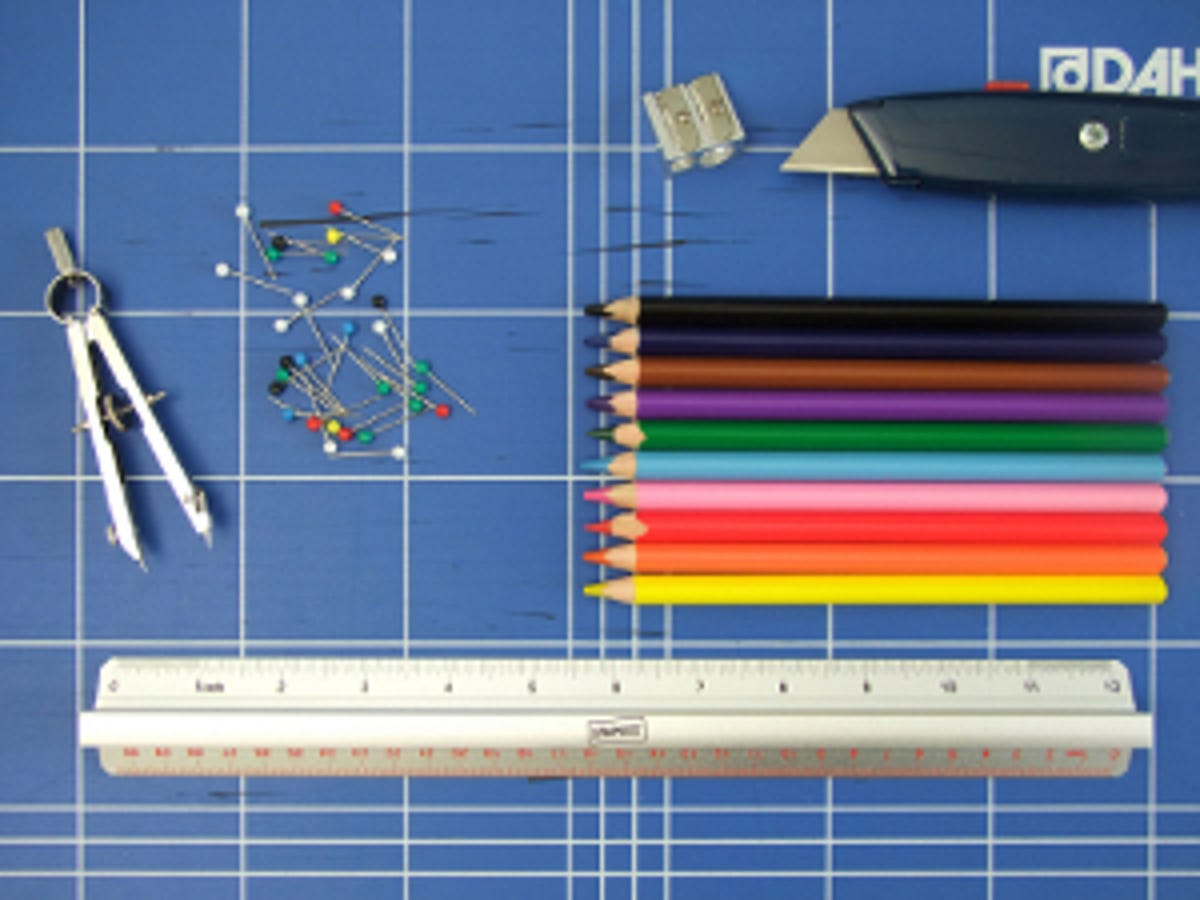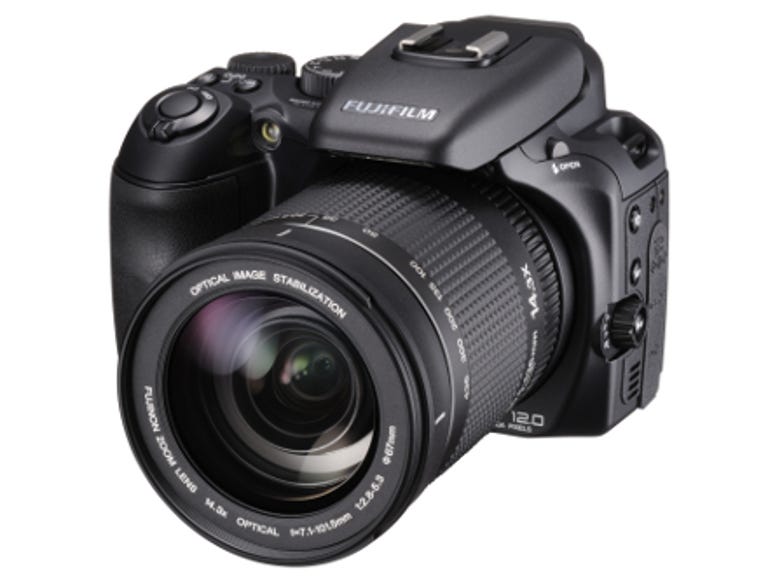 Why You Can Trust CNET
Why You Can Trust CNET Fujifilm FinePix S200EXR review: Fujifilm FinePix S200EXR
The 12-megapixel FinePix S200EXR offers the features, controls and handling of a digital SLR at a much lower price, and its EXR sensor technology means it outguns its superzoom rivals. We'd like to see the clever EXR features better integrated with the rest of the camera's controls, though
Fujifilm's FinePix S200EXR superzoom offers the features, controls and handling of a digital SLR but at a much lower price. It includes Fujifilm's ground-breaking EXR sensor, which offers a choice between high-resolution, high-dynamic-range and high-ISO modes. When you factor in the 14.3x optical zoom and a price tag of around £320, the 12-megapixel S200EXR starts to look like a very good deal.
The Good
The Bad
The Bottom Line
Match for dSLRs
The S200EXR certainly looks and feels like it's giving you your money's worth. Fujifilm says this camera offers a lighter and more compact alternative to a dSLR, but it'd be interesting to know what the company's comparing it to, because, even by dSLR standards, this camera's a whopper. It weighs no less than 820g, and it doesn't look any smaller than a standard dSLR with a superzoom lens fitted.

But so what? The S200EXR gives you a good, solid grip and big, firm, meaty controls. You even get a mechanically operated zoom, rather than the usual sluggish, motor-driven lenses in other superzooms. From the directional controller on the back to the perfectly weighted control dial on the top, this camera's controls are excellent.
The EXR sensor does what Fujifilm says it does, too. Admittedly, you have to take a resolution drop from 12 to 6 megapixels to use the high-dynamic-range and high-ISO modes, but it's worth it for the increase in quality.
The 'pro focus' and 'pro low light' modes are two more imaging innovations. Both shoot multiple shots and then combine them in-camera to produce the perfect picture. The pro-focus mode creates the shallow depth of field effect associated with wide lens apertures (it's not usually possible with a small sensor like this one), while the pro-low-light mode combines a sequence of shots taken in low light to produce a single high-quality image. Neither is foolproof but, when they work, the results are very good.
Finally, just to confirm the S200EXR's dSLR-matching status, it can shoot raw files as well as JPEGs, which will appeal to keen photographers anxious to squeeze every last ounce of quality out of their images on the computer.
EXR confusion
But there are some issues with this camera. Even now, Fujifilm doesn't seem to have the confidence to integrate the EXR sensor's features with the rest of the camera's controls. Instead, they run alongside in a separate EXR mode, and this makes them much more confusing than they ought to be.
For example, the EXR high-ISO mode doesn't engage automatically as you increase the sensitivity. It's only active if you turn the mode dial to the EXR position. Otherwise, you just get the camera's default ISO adjustment, which isn't as good, although, bizarrely, it goes to higher values.
You also have to switch to the EXR position on the mode dial to use the high-dynamic-range option. But Fujifilm also offers a normal extended-dynamic-range option too, using a technically different solution that's still quite effective.
It's just too confusing. Either this EXR technology is good enough to build into the camera's mainstream operation or it isn't. At the moment, it's kind of bolted on in such a way that it duplicates existing camera functions rather than supplanting them.
The other issue to be aware of is that, no matter how much the S200EXR might resemble and work like a dSLR, it still only has a 1/1.6-inch sensor. It's slightly bigger than the average compact's sensor, but not by much. Therefore, the definition isn't as good as you'd get from a 12-megapixel dSLR even at low ISOs, and falls further behind as the ISOs increase, despite the EXR sensor. You also have to put up with an electronic viewfinder, rather than an optical one.
Conclusion
You get tonnes of camera with the Fujifilm FinePix S200EXR. It looks and handles like a dSLR, but costs half as much as an equivalent dSLR and superzoom lens combination. But, while the EXR sensor technology certainly works, it's not yet properly integrated with the camera's operation, and, even with the EXR technology, the size of the sensor puts a limit on the picture quality.
Edited by Charles Kloet
